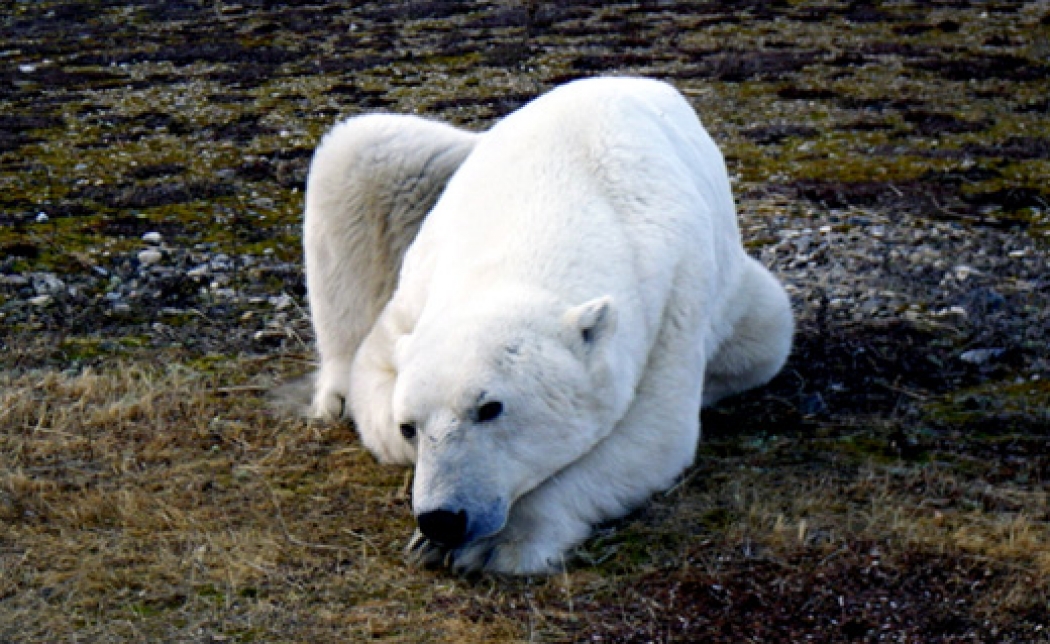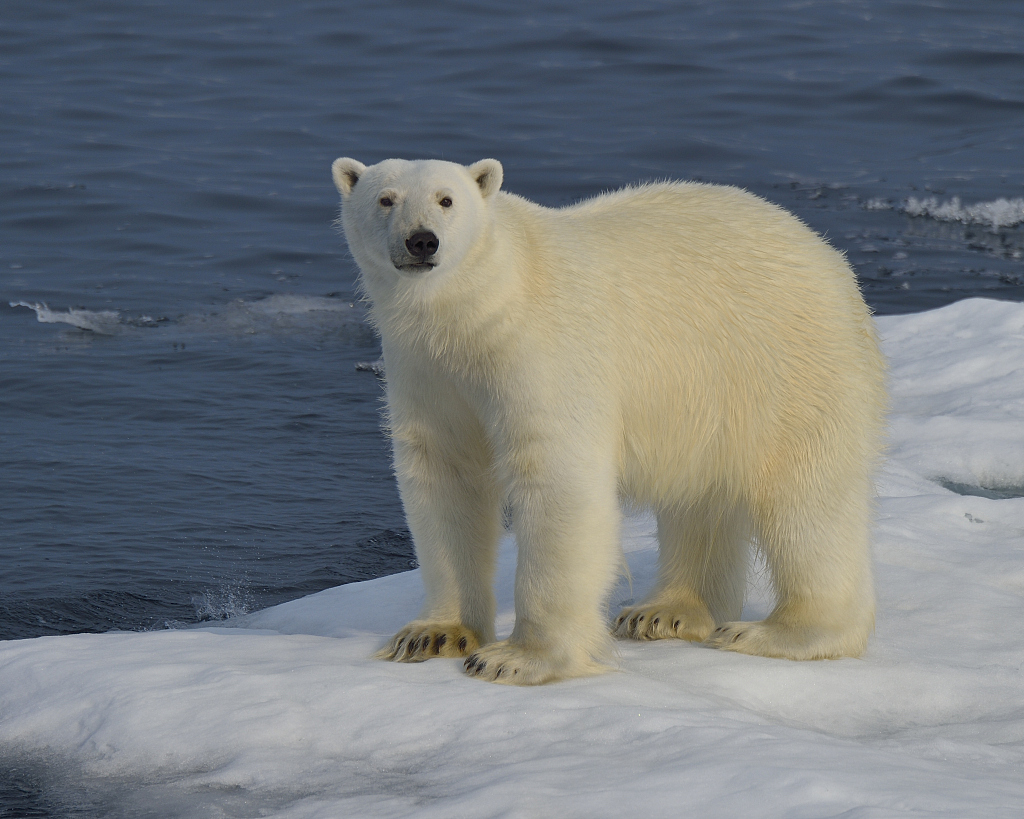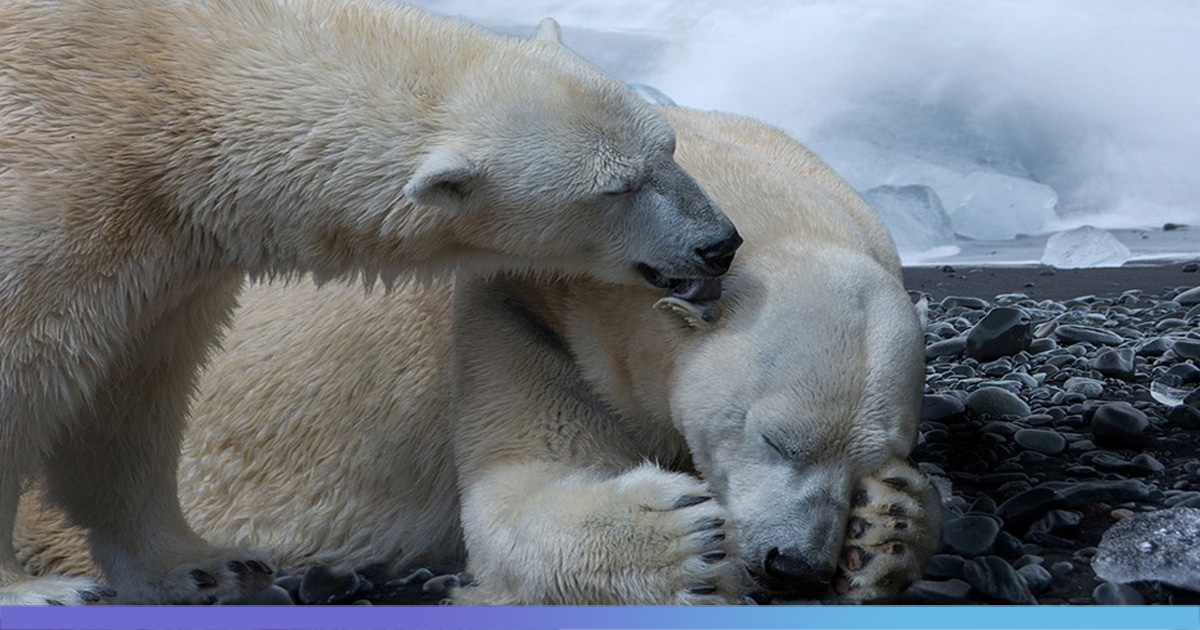

The exit time from the dens takes place between late February and April. Pregnant females can enter dens at any time between early October and December, depending on the location. The blastocyst will reabsorb if this threshold is not reached, the female will continue to hunt seals all winter, trying to be fatter a year later and ready to carry out a healthy pregnancy.Ī pregnant female will dig a den in a snowbank at the beginning of the winter and begin the gestation process.

In the population of Hudson Bay, where the reproductive biology of polar bears has been most extensively studied, it appears that to have the blastocyst implant and begin gestation, a polar bear female carrying a blastocyst must attain a bodyweight of at least 490 pounds. The actual gestation period following implantation is just roughly 60 days. This is called delayed implantation and enables a female bear to physiologically evaluate her condition for the next three years before beginning conception and the pregnancy, nursing, and carrying the process for her offspring. However, they don't really get pregnant at the time of breeding, like other bear species, as the tiny embryo (or blastocyst) would not implant in the uterus of the female until fall, when true gestation begins.

In the late spring, polar bears breed when the temperatures in the Arctic start to rise. These bears are known to swim more than 100 km (60 miles) without resting. As rudders, they use their broad front feet to paddle and their back legs. Polar Bear scientific name is Ursus maritimus, which means "sea bear," according to the San Diego Zoo. A newborn polar bear only weighs about 1.5 pounds. After a good hunting season, bears will weigh around 50 percent more than at the beginning of the next one much of this extra weight is accumulated fat. A big male can weigh more than 1,700 pounds, while a big female can weigh more than half that amount (up to 1,000 pounds). Male polar bears are a lot heavier than female polar bears. Their length is about seven to eight feet, measured from the nose to the tip of their very short tail. The only carnivorous land mammals on Earth are polar bears.


 0 kommentar(er)
0 kommentar(er)
